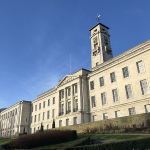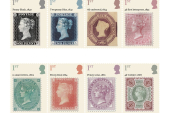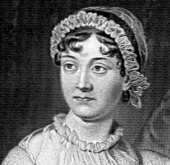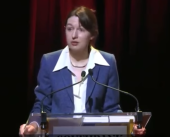
The first Maundy coins featuring the image of King Charles III have been revealed just hours before they will be distributed at a special service at York Minster.
The tradition of Maundy money dates back to the early 15th century during the reign of Henry IV. Monarchs would present Maundy coins to a number of people that matches their age, and in the reign of King Charles II, specially minted money was first created. This tradition continues to this day.
The King will distribute Maundy money to 74 men and 74 women, one for each year of his age, at the Maundy service. The service is inspired by the events of the Last Supper, when Jesus washed the feet of his disciples. In the past, kings and queens used to wash the feet of the poor and distribute alms to them. While the tradition of feet washing disappeared in the 18th century, the giving of money remains.
The Maundy money distribution ceremony is steeped in history and tradition, and it is a significant moment in history that King Charles III will be issuing his own Maundy Money featuring his official coin portrait. The Royal Mint has struck every single coin, known as Maundy Money, for each ceremony since the reign of Charles II. The Director of Collector Services at The Royal Mint, Rebecca Morgan, said that the appearance of King Charles III's portrait on the Maundy coins marks a significant moment in history.
The Maundy service is a religious service and is led by the Archbishop of York, Stephen Cottrell. The service is attended by recipients of Maundy money, who are nominated by their dioceses for their service to the church and community. The recipients will receive a red purse containing a special £5 coin and a 50p piece, and a white purse filled with specially minted coins to the value of 74 pence, one penny for each year of King Charles III's age.
The Maundy service and the distribution of Maundy money is an important tradition that continues to this day. It is a symbol of the monarchy's commitment to service, and it honours those who have served their communities and the church. The service also provides an opportunity for the monarch to connect with the people and to demonstrate their commitment to their role as the head of the Church of England.
In conclusion, the Maundy service and the distribution of Maundy money is an important part of the monarchy's tradition, and it has been carried out for centuries. The first Maundy coins featuring King Charles III's image have been revealed, and they will be distributed at a special service at York Minster. This is a significant moment in history, and it demonstrates the monarchy's commitment to service and their role as the head of the Church of England. Photo by Steve Cadman from London, U.K., Wikimedia commons.







































